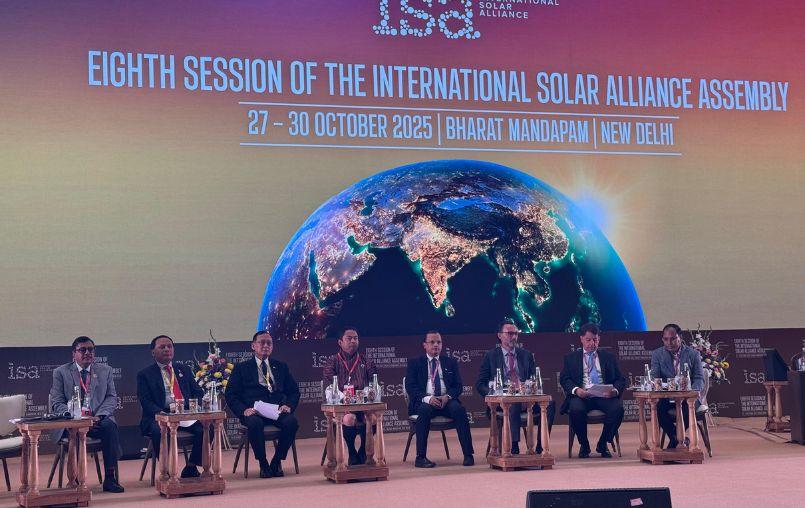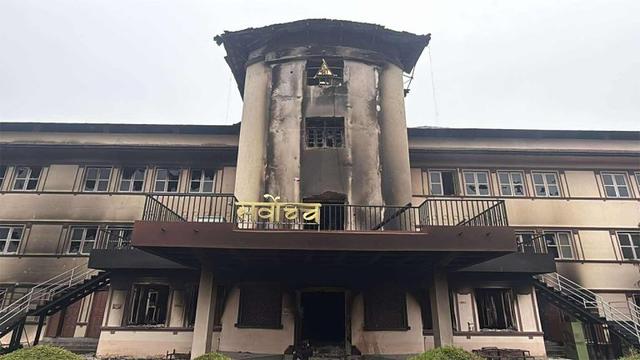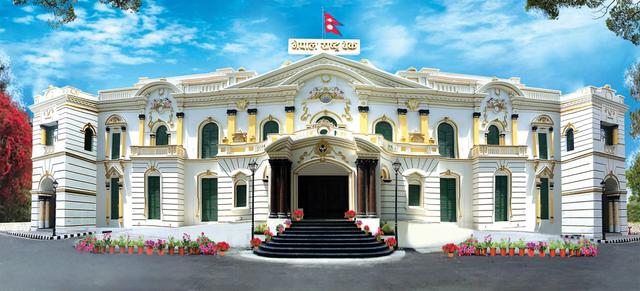Minister Ghising Calls for Global Investment in Nepal’s Renewable Energy — “Invest in Nepal, Invest in a Brighter, Greener Future”
Author
NEPSE TRADING

Minister for Energy, Water Resources and Irrigation, Physical Infrastructure and Transport, and Urban Development Kulman Ghising has called upon the international community to invest in Nepal’s hydropower and solar energy sectors.
He said Nepal’s journey toward clean energy has entered a new era, offering vast opportunities for global investors to become part of a sustainable and resilient energy future.
Minister Ghising stated:
“With immense hydropower potential, rapidly growing solar capacity, and expanding cross-border transmission lines, Nepal is poised to become a regional energy hub. I invite our partner nations and investors — invest in Nepal, invest in renewable energy, and be part of a brighter, greener future for all.”
He described Nepal’s hydropower as a strategic enabler of South Asia’s clean energy transition, emphasizing that the development of renewable energy will not only accelerate Nepal’s growth but also strengthen the region’s energy security and sustainability.
Speaking as a keynote speaker at the international conference on “Envisioning Regional and Global Interconnections for Large-Scale Clean Energy Transition,” Minister Ghising said Nepal and India are jointly identifying and developing high-capacity transmission infrastructure to achieve the goal of exporting 15,000 megawatts of renewable energy by 2035.
He highlighted that Nepal possesses around 83,000 MW of hydropower potential and 42,000 MW of pump-storage potential, making it one of the most resource-rich countries in South Asia.
According to him, Nepal’s clean energy sources perfectly complement the solar and wind energy of neighboring countries, helping create a stable and balanced regional grid.
Minister Ghising said Nepal’s energy vision aligns closely with the global concept of “One Sun, One World, One Grid.”
“This vision promotes the seamless and sustainable flow of clean energy across borders. To make it a reality, regional countries must work together to develop an integrated electricity market,” he remarked.
He noted that interconnected grids will help balance demand and supply, reduce costs, and expand access to affordable green energy throughout the region.
The Minister emphasized that attracting private investment requires transparent regulation, harmonized standards, and open access to transmission infrastructure.
“Ensuring free, fair, and non-discriminatory flow of green energy depends on regulatory transparency, standardized procedures, and long-term policy stability,” he said.
According to Ghising, such reforms will help ensure sustainability and investor confidence, paving the way for stronger international partnerships in the clean energy sector.
Minister Ghising stressed that cross-border energy cooperation lies at the heart of Nepal’s clean energy vision.
He called for stronger collaboration among BIMSTEC countries, urging the development of a fully interconnected grid that links Nepal–India–Bangladesh, along with the strengthening of India–Bangladesh transmission networks.
Highlighting the growing impact of climate change, he stated:
“Although Nepal’s carbon emissions are negligible, frequent floods and droughts are damaging our power systems and livelihoods. Building climate-resilient infrastructure is now our national priority.”
He urged regional and international partners to enhance cooperation to mitigate climate-related risks and strengthen disaster resilience in the energy sector.
Minister Ghising’s address outlined a transformative vision for Nepal as the clean energy hub of South Asia.
By integrating hydropower, solar, and wind energy, Nepal aims to promote regional energy balance, economic cooperation, and sustainable growth.
His message to the world was clear —
“Investing in Nepal’s clean energy is not only an investment in Nepal’s development, but an investment in the region’s sustainable and green future.”


